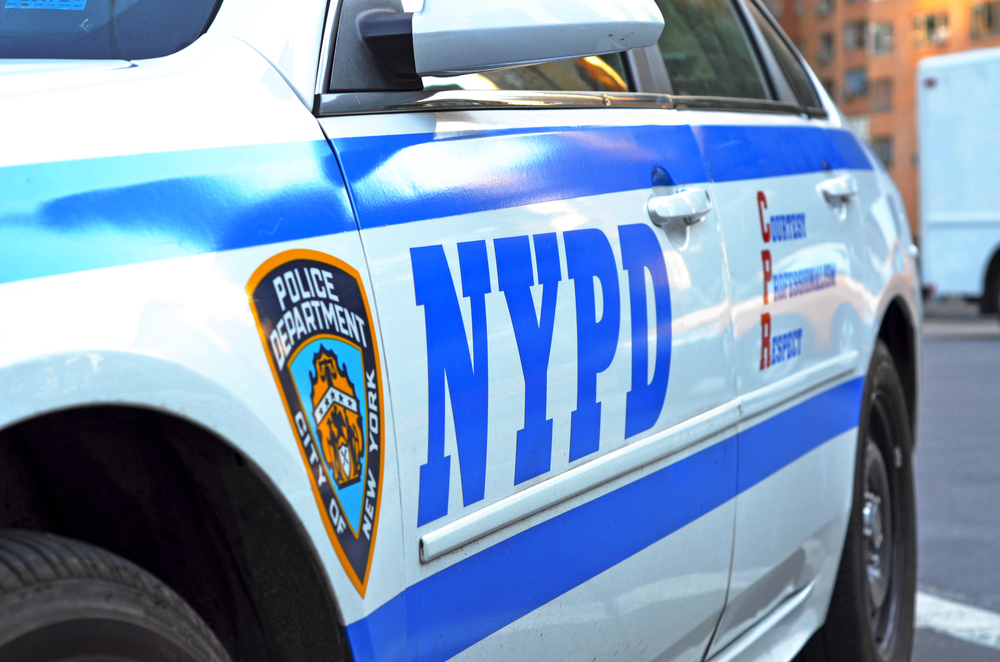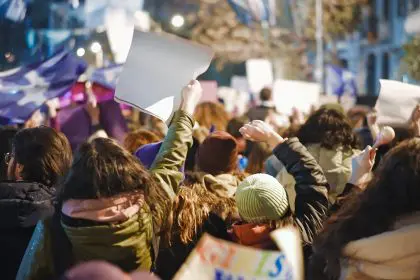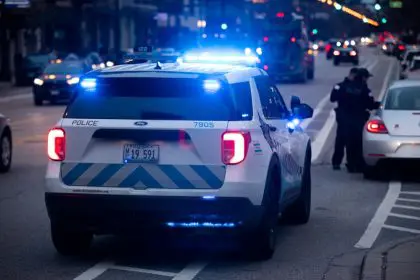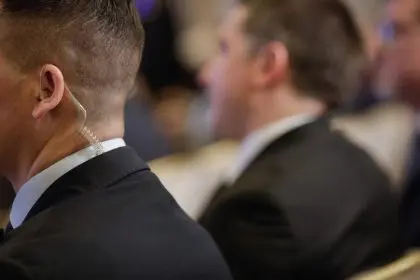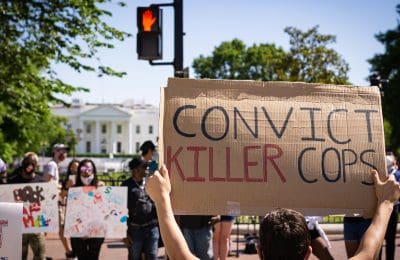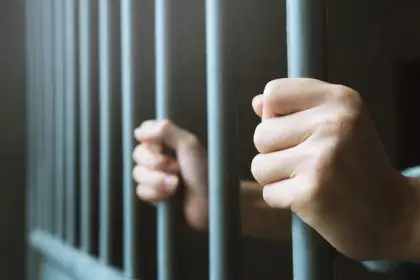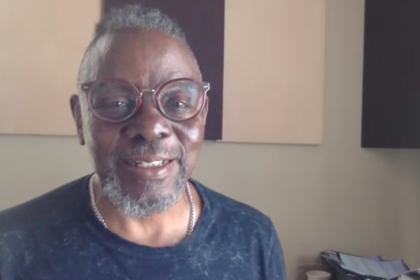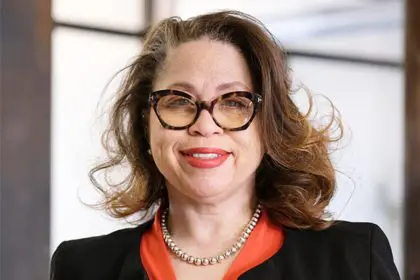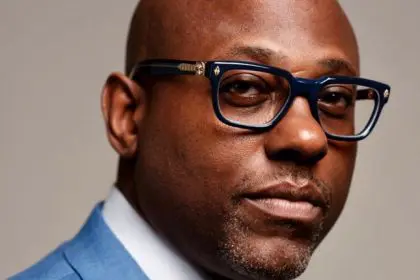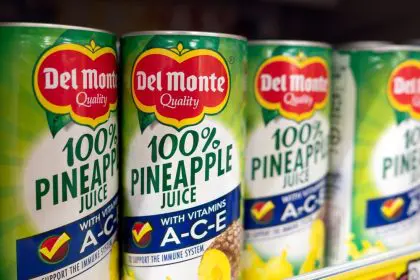What started as a joyful afternoon of playing in the snow turned into a traumatic experience when Onondaga County Sheriff’s deputies handcuffed an 11-year-old Black girl in Syracuse, New York. The incident which was captured on video has ignited nationwide discussions about racial profiling and law enforcement’s treatment of Black children.
A disturbing case of mistaken identity
The young girl had been enjoying winter activities with her friends after school when deputies approached the group. The officers claimed they were searching for a woman who had stolen a black Kia, insisting the child matched the suspect’s description. The situation quickly escalated despite the obvious age difference and the logical impossibility of an 11-year-old being responsible for car theft.
The girl’s cousin attempted to reason with the deputies, explaining they had just left school and were simply playing in the snow. Other children in the group pointed out the obvious, exclaiming that their friend could not even drive a car. These protests fell on deaf ears as the officers proceeded with the detention.
The moment reality contradicted assumptions
When deputies finally received a photo of the actual suspect, the differences became glaringly apparent. The children immediately highlighted the distinctions, noting the suspect had a lighter skin tone and different shoes. Despite this evidence, the deputies had already subjected the young girl to the traumatic experience of being handcuffed in public.
The emotional impact became evident as the girl broke down in tears, requiring comfort from her cousin after the handcuffs were finally removed. This devastating scene, captured on video, has since circulated widely across social media platforms, drawing thousands of viewers and sparking intense criticism of law enforcement actions.
The deeper issue of adultification bias
This troubling incident exemplifies a widespread phenomenon known as adultification bias. Research from the Center for Policing Equity reveals that Black children often face discrimination due to being perceived as more adult-like than their white peers. This bias has far-reaching consequences in various institutional settings, from schools to interactions with law enforcement.
A comprehensive study conducted by Georgetown University’s Center on Poverty and Inequality in 2017 unveiled disturbing patterns in how society treats young Black girls. The research demonstrated that these children frequently receive less protection and nurturing support compared to their white counterparts, particularly in institutional environments.
Community voices rise in response
The girl’s mother, Mackenzie Breeana, took to Facebook to express her outrage, questioning the officers’ judgment in believing her young daughter could have stolen a vehicle while playing in the snow. Her post resonated with thousands of parents who shared similar concerns about their children’s safety during routine activities.
Social media comments reflected the community’s collective anger and heartbreak. Many users pointed out the racist undertones in the deputies’ actions, particularly their insistence that the child looked like the adult suspect’s twin. Others emphasized the obvious fact that the detained individual was clearly a child, making the officers’ actions even more incomprehensible.
The path forward requires systematic change
This incident has prompted crucial conversations about necessary reforms in law enforcement training and community relations. Experts emphasize the importance of addressing implicit bias and implementing more effective protocols for suspect identification, particularly when dealing with minors.
The emotional and psychological impact of such experiences can create lasting trauma for young individuals. Mental health professionals stress the importance of providing support and counseling for children who experience similar incidents, while advocating for preventive measures to ensure such situations do not recur.
As communities continue to process this troubling event, the incident serves as a catalyst for broader discussions about racial justice, police reform, and the protection of children’s rights. The conversation extends beyond this single incident to address systemic issues that continue to affect Black children across America.

